VP wants more diversity in the National Space Council’s industry advisory group
Thursday, 09 September 2021 22:47
A notice could appear in the Federal Register as early as next week seeking nominations for the National Space Council’s industry advisory group, the council’s executive secretary Chirag Parikh said Sept.
Fostering diversity and inclusion takes work
Thursday, 09 September 2021 21:30
Attracting and retaining a diverse workforce requires organizations to adopt a proactive approach, according to panelists at the Satellite 2021 conference.
New spacesuit technology for moon and Mars exploration tested where Apollo astronauts once trained and tested spacesuits
Thursday, 09 September 2021 21:25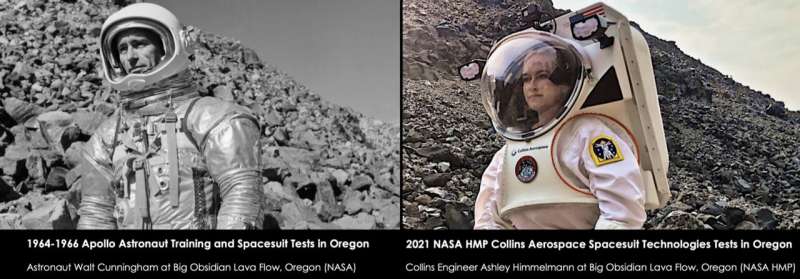
China launches ChinaSat-9B broadcast satellite
Thursday, 09 September 2021 20:58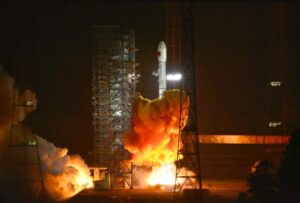
China conducted its 33rd launch of 2021 early Thursday, successfully sending the ChinaSat-9B communications satellite into geosynchronous transfer orbit.
Space SPACs could prompt new wave of acquisitions
Thursday, 09 September 2021 20:19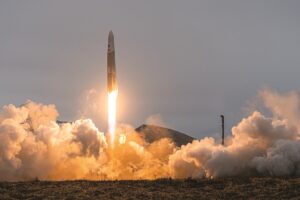
The current wave of space startups going public through mergers with special-purpose acquisition companies (SPACs) might lead to a round of industry consolidation as they snap up suppliers to obtain their technologies or personnel.
Cobham SATCOM to build Thuraya 4-NGS ground system
Thursday, 09 September 2021 19:53
Emirati fleet operator Yahsat has picked private equity-owned Cobham SATCOM to build the ground system for its next-generation Thuraya 4-NGS satellite.
Satellite propulsion startup Benchmark eyes growth in military market
Thursday, 09 September 2021 19:07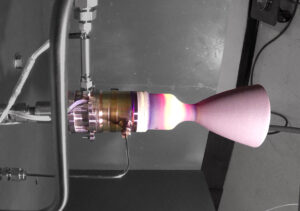
Small satellite propulsion suppliers see opportunities in the military market as the Pentagon shifts focus to smallsats.
Satellite in sun's backyard unravels the origins of interplanetary dust
Thursday, 09 September 2021 18:58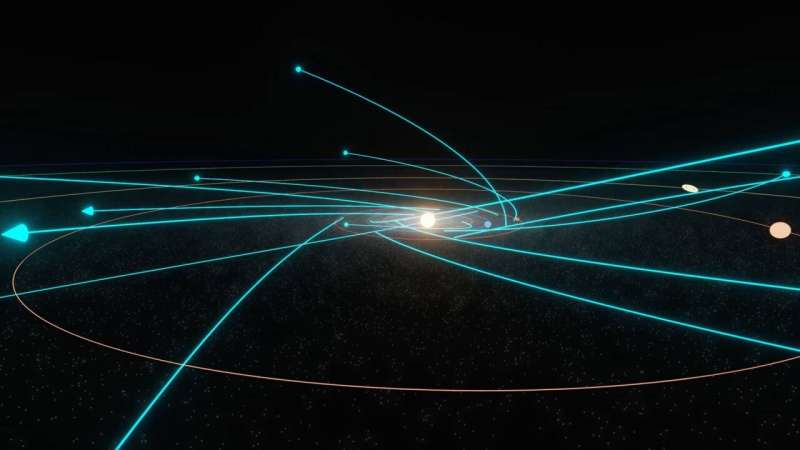
What do shooting stars and astronaut safety have in common?
Both stem from the sub-microscopic rock fragments found throughout the solar system, sometimes called interplanetary dust.
When these particles collide with Earth's atmosphere, they create meteors, better known as shooting stars, as the (usually) microscopic fragments vaporize and leave flaming trails through the air. When they collide with astronauts, they can puncture holes in space suits—or worse. Understanding the sources and patterns of this interplanetary dust is therefore very important to NASA, as it plans for missions to the moon, Mars and beyond.
During its revolutions around the sun, the Parker Solar Probe spacecraft, the mission going closer to the sun than anything in spacefaring history, is bombarded by these dust particles. When crashing onto the spacecraft, the tiny grains—some as small as a ten-thousandth of a millimeter across—vaporize and release a cloud of electrically charged particles that can be detected by FIELDS, a suite of instruments designed to detect electric and magnetic fields.
A pair of papers publishing this week in The Planetary Science Journal use FIELDS data to take an up-close look at the "zodiacal cloud," the collective term for these tiny particles.
Launch companies optimistic about future demand
Thursday, 09 September 2021 18:57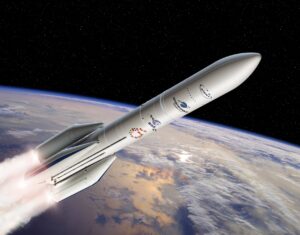
Launch companies that have suffered from flat or declining traditional markets in recent years say they believe a surge of demand, primarily from satellite megaconstellations, will boost their businesses later this decade.
Boeing Q&A: Staying on track despite pandemic disruption
Thursday, 09 September 2021 18:10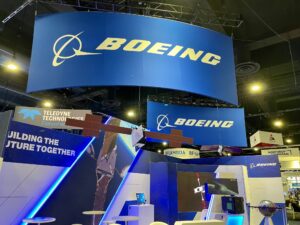
Supply chain constraints threaten to hold back an exuberant satellite market that is rushing to meet surging demand for data, amid a flood of investor capital into satellite projects. SpaceNews interviewed Ryan Reid, president of Boeing Commercial Satellite Systems International, about how the company is managing this juggling act.
Pandemic delaying Rocket Lab launches
Thursday, 09 September 2021 17:32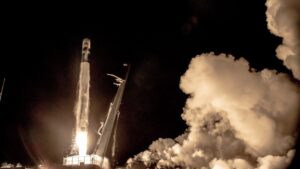
Rocket Lab says lockdowns in New Zealand caused by the latest surge of the coronavirus pandemic will postpone launches to at least October and cut its projected revenues for the year.
Webb completes testing
Thursday, 09 September 2021 17:00 Video:
00:00:45
Video:
00:00:45
Fully assembled and fully tested, the NASA/ESA/CSA James Webb Space Telescope has completed its primary testing regimen and is soon preparing for shipment to its launch site at Europe’s Spaceport in French Guiana.
Credit: NASA's Goddard Space Flight Center
Xenesis and MBS Lab forge pact to test optical communications
Thursday, 09 September 2021 16:34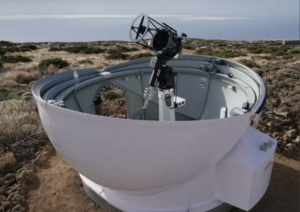
Optical communications startup Xenesis signed a memorandum of understanding with MBS Lab, the research group for Germany’s Media Broadcast Satellite, Germany’s largest teleport operator.
Satcom executives see growing military demand for more secure, mobile equipment
Thursday, 09 September 2021 16:09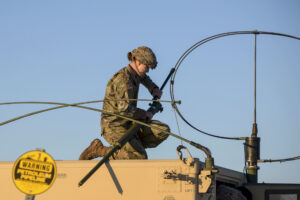
The U.S. military is demanding more advanced technologies to protect its tactical communications systems from sophisticated electronic attacks.
Video: We asked a NASA scientist—do aliens exist?
Thursday, 09 September 2021 14:15Use this form if you have come across a typo, inaccuracy or would like to send an edit request for the content on this page. For general inquiries, please use our contact form. For general feedback, use the public comments section below (please adhere to guidelines).
Please select the most appropriate category to facilitate processing of your request

